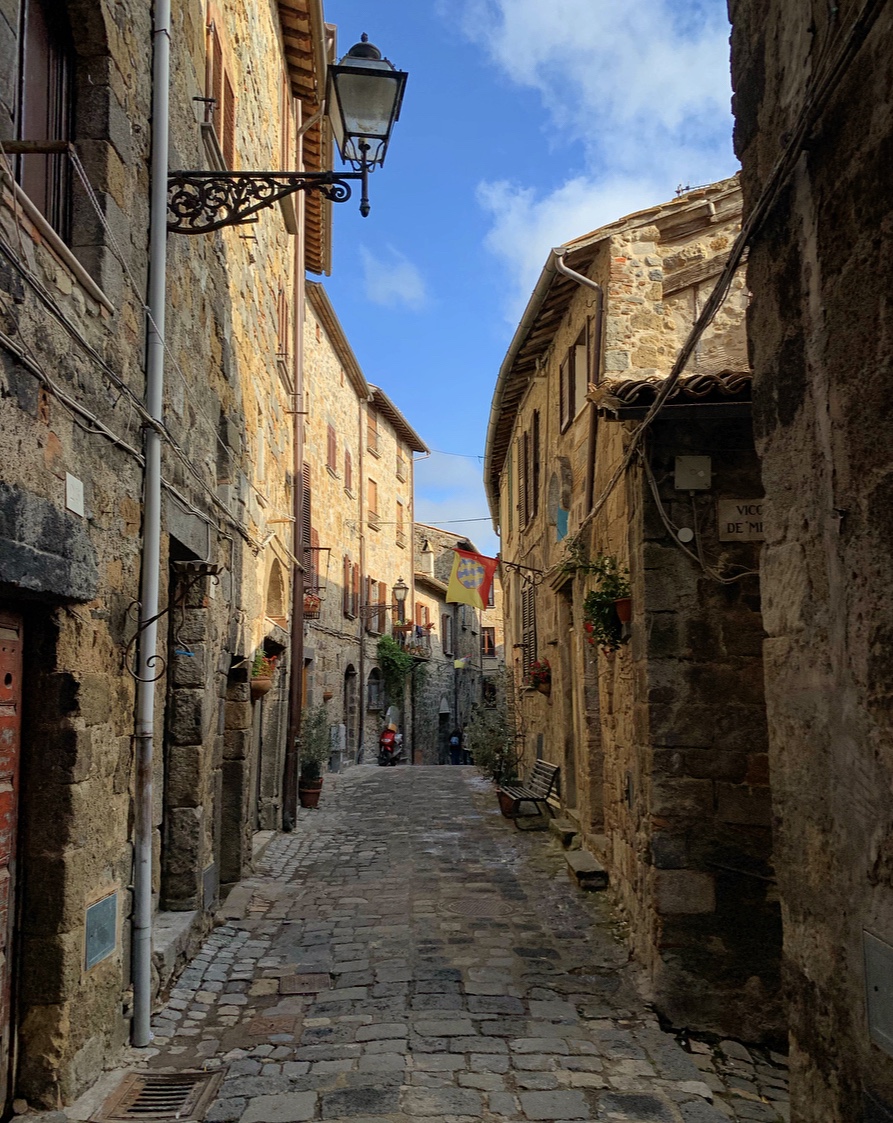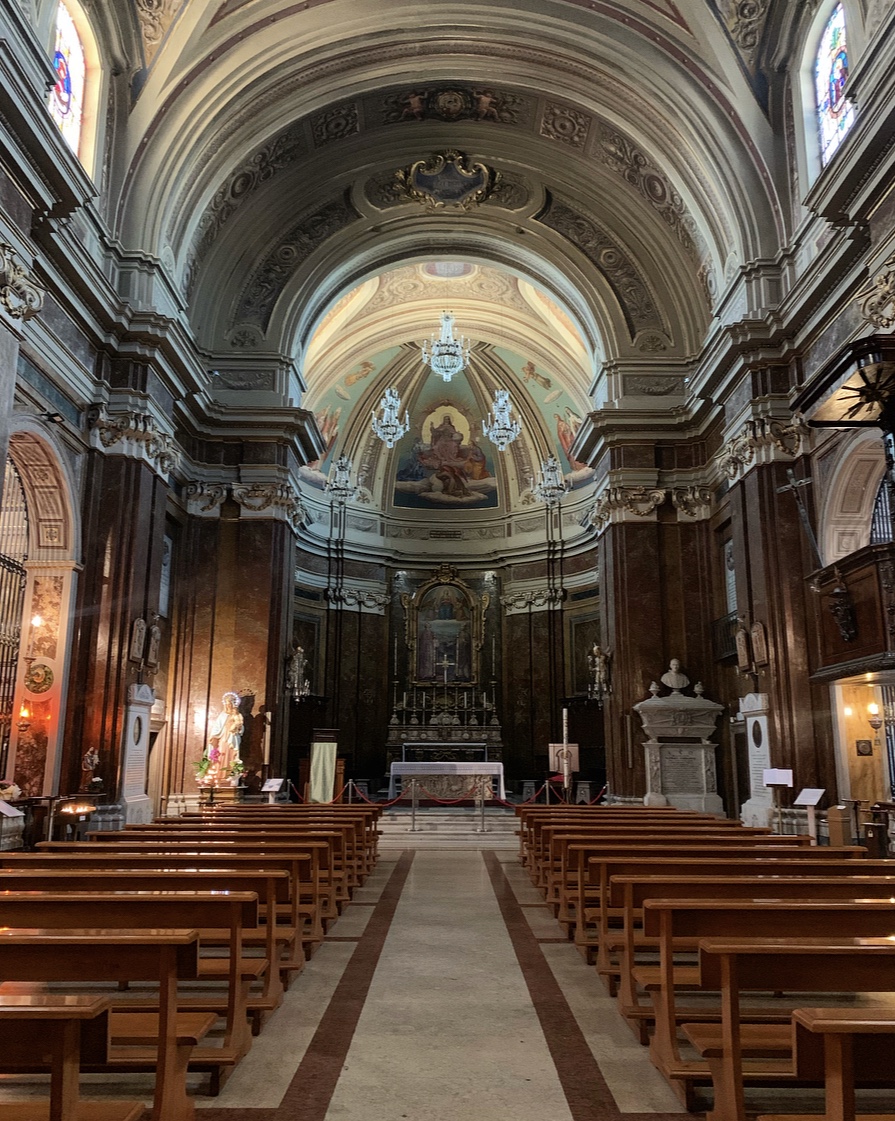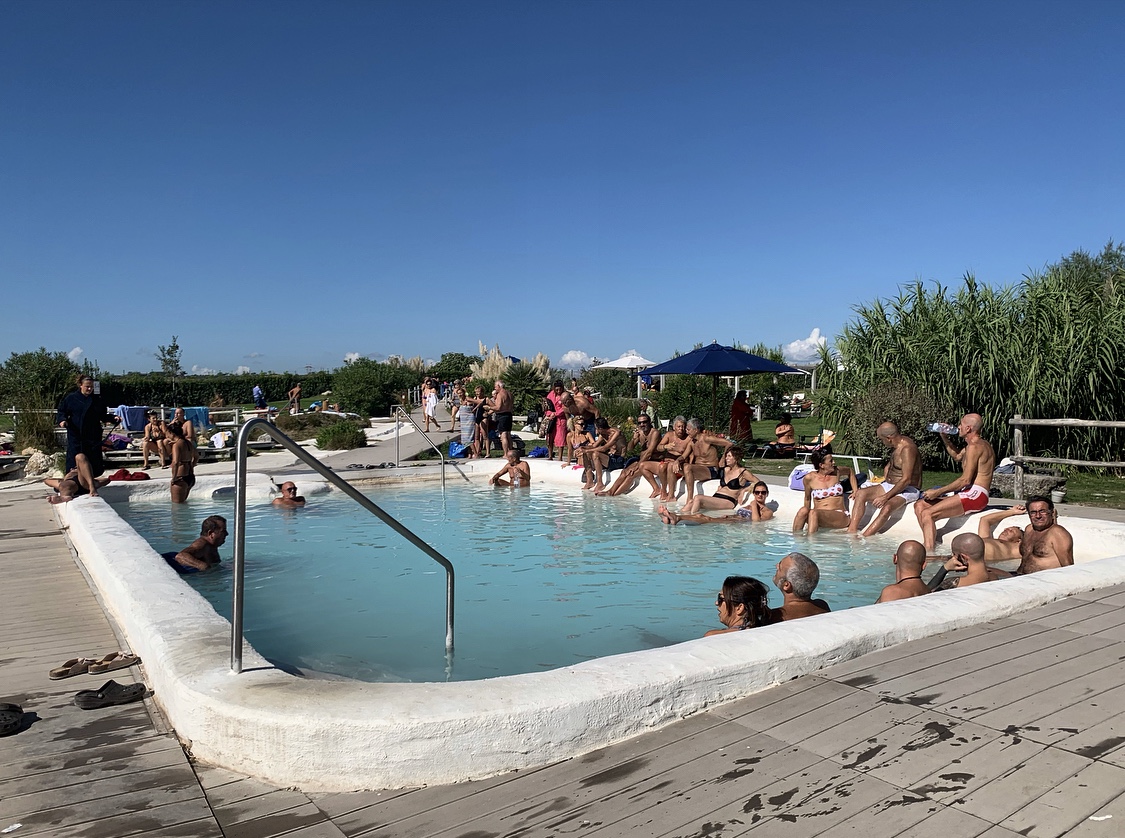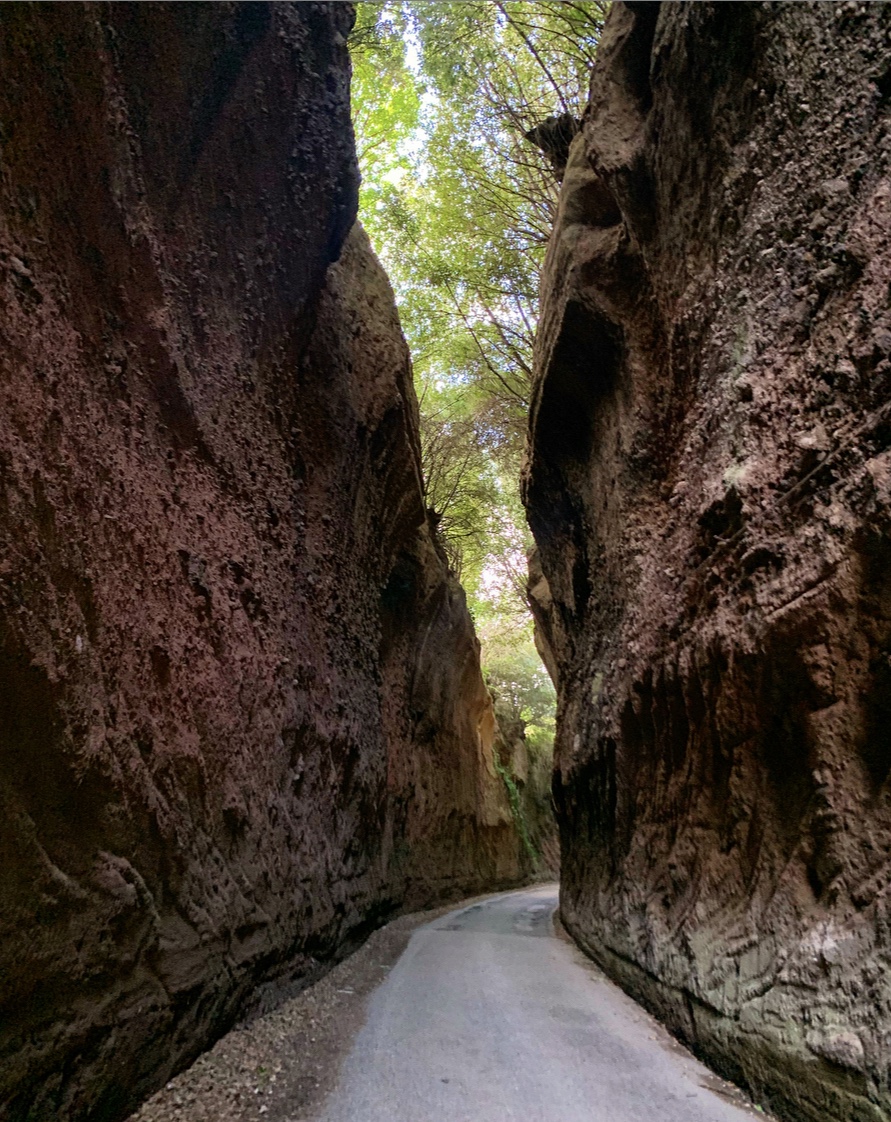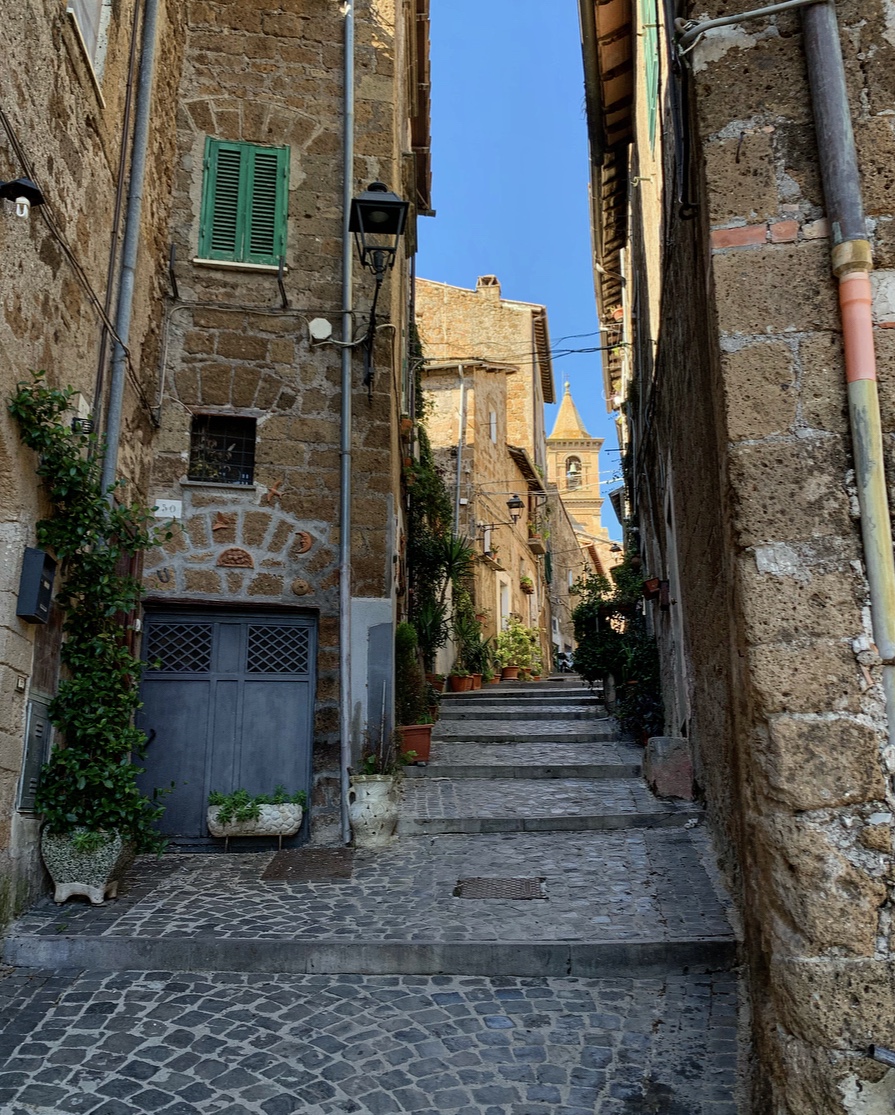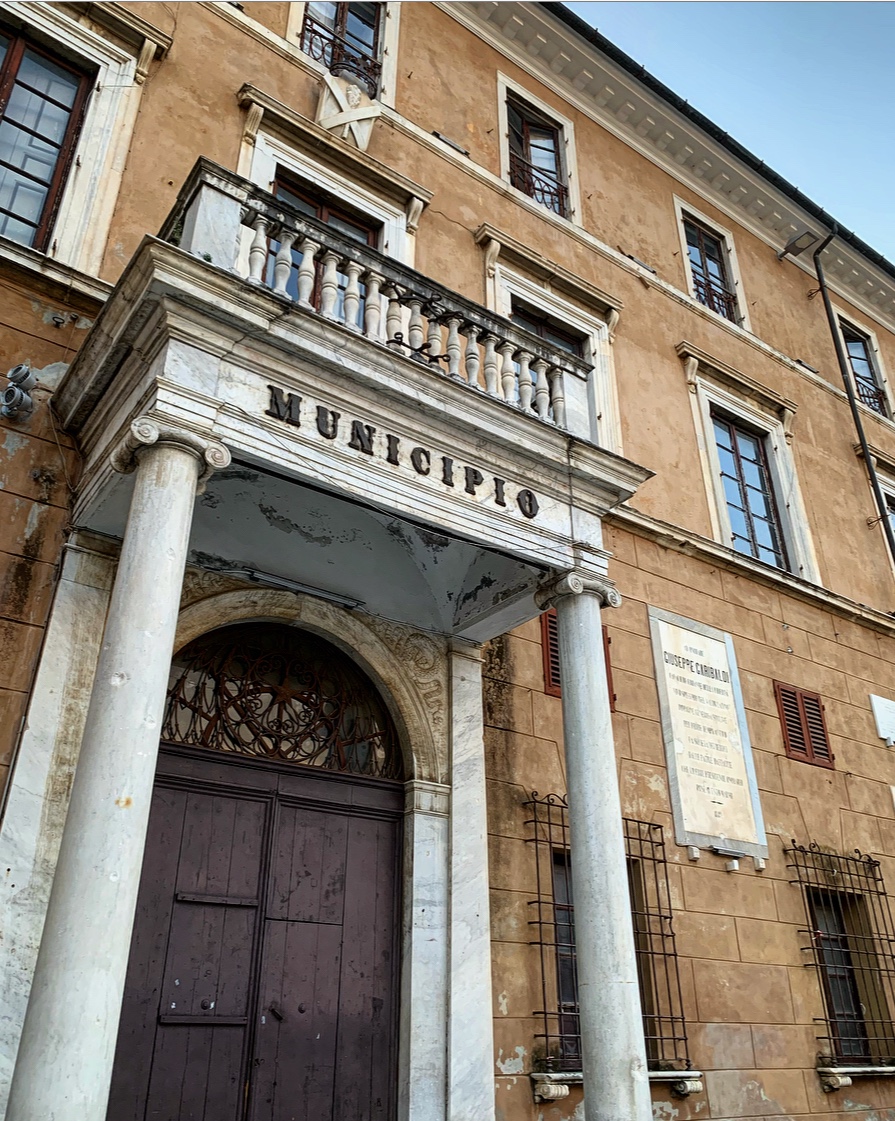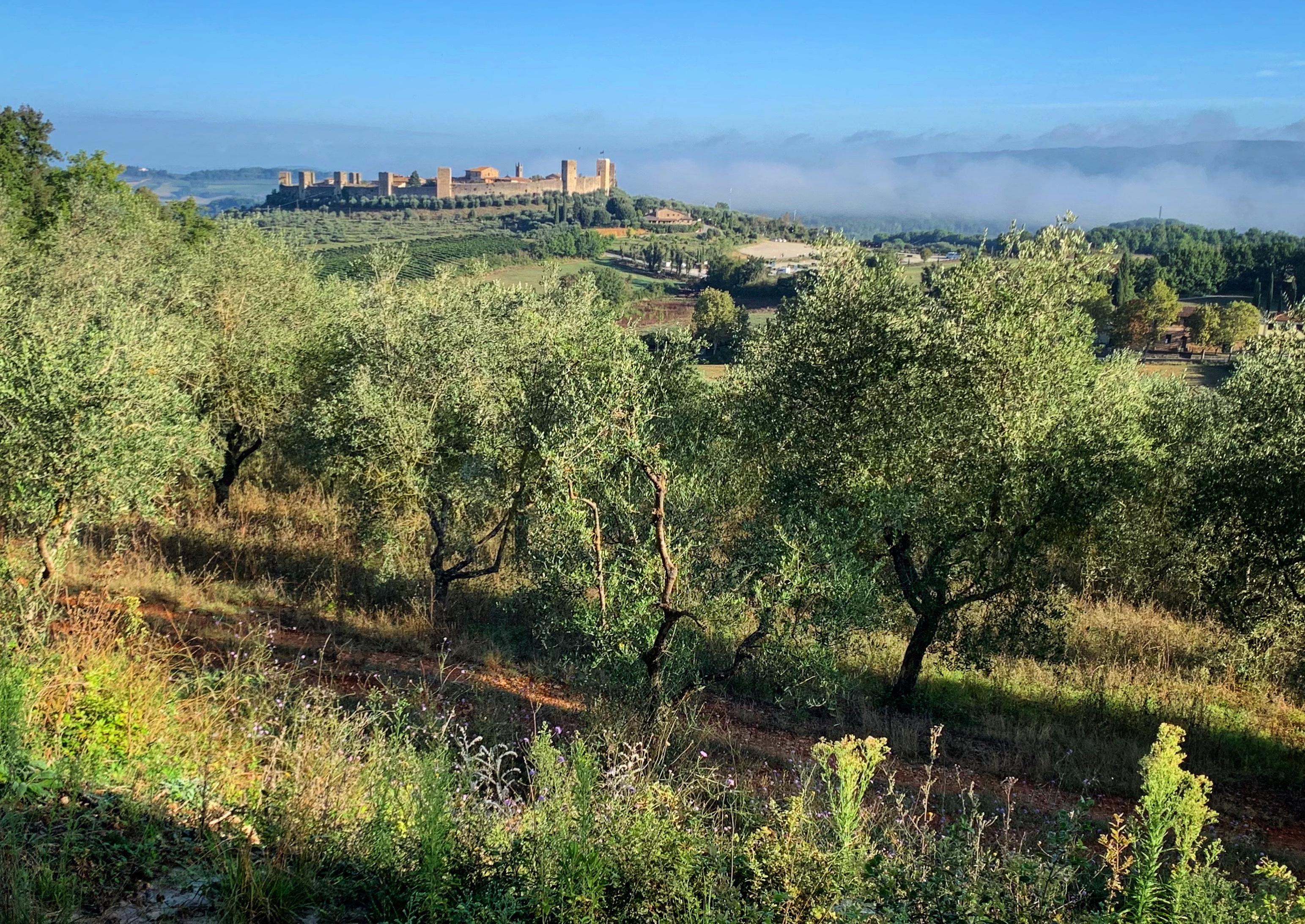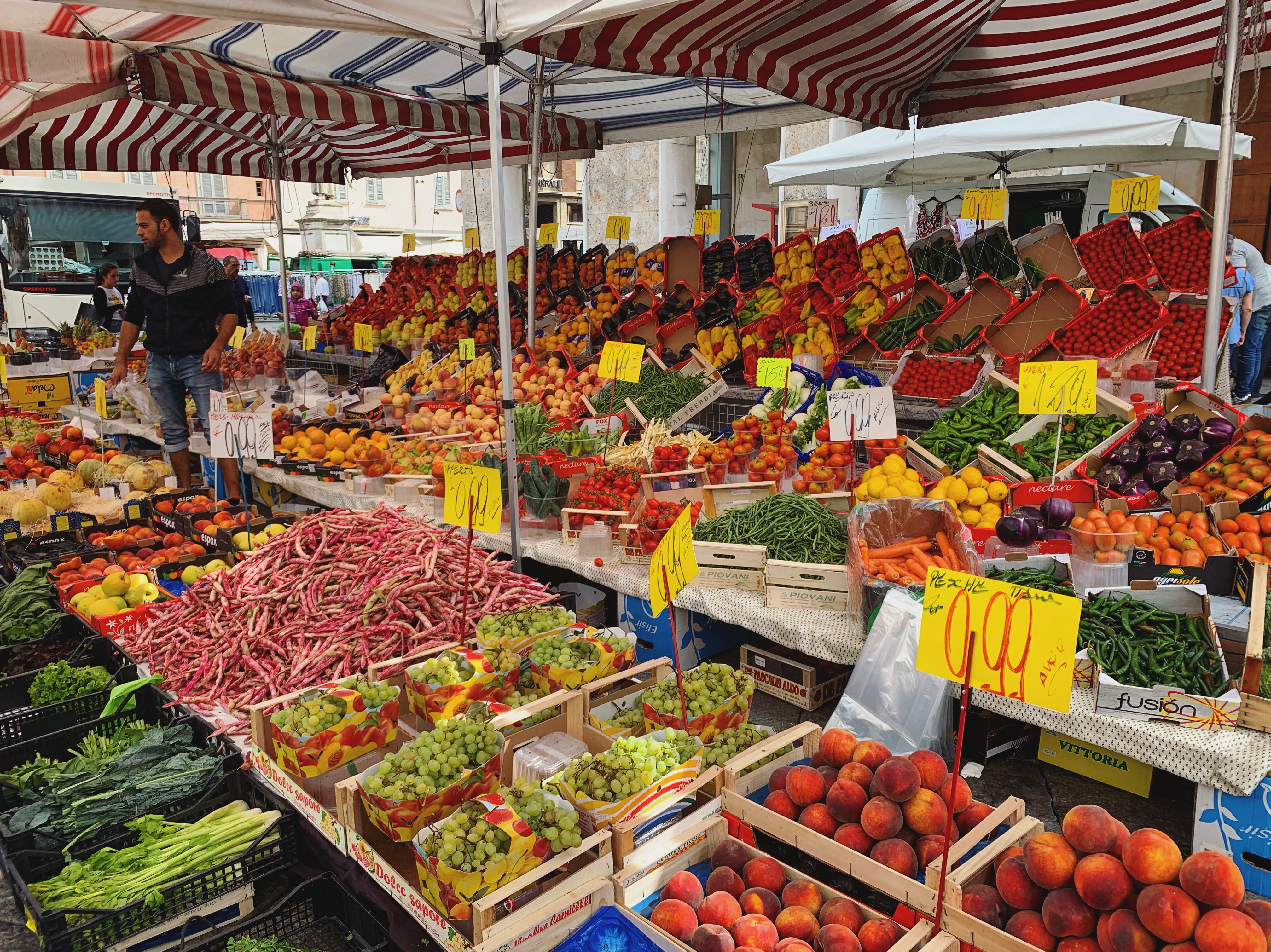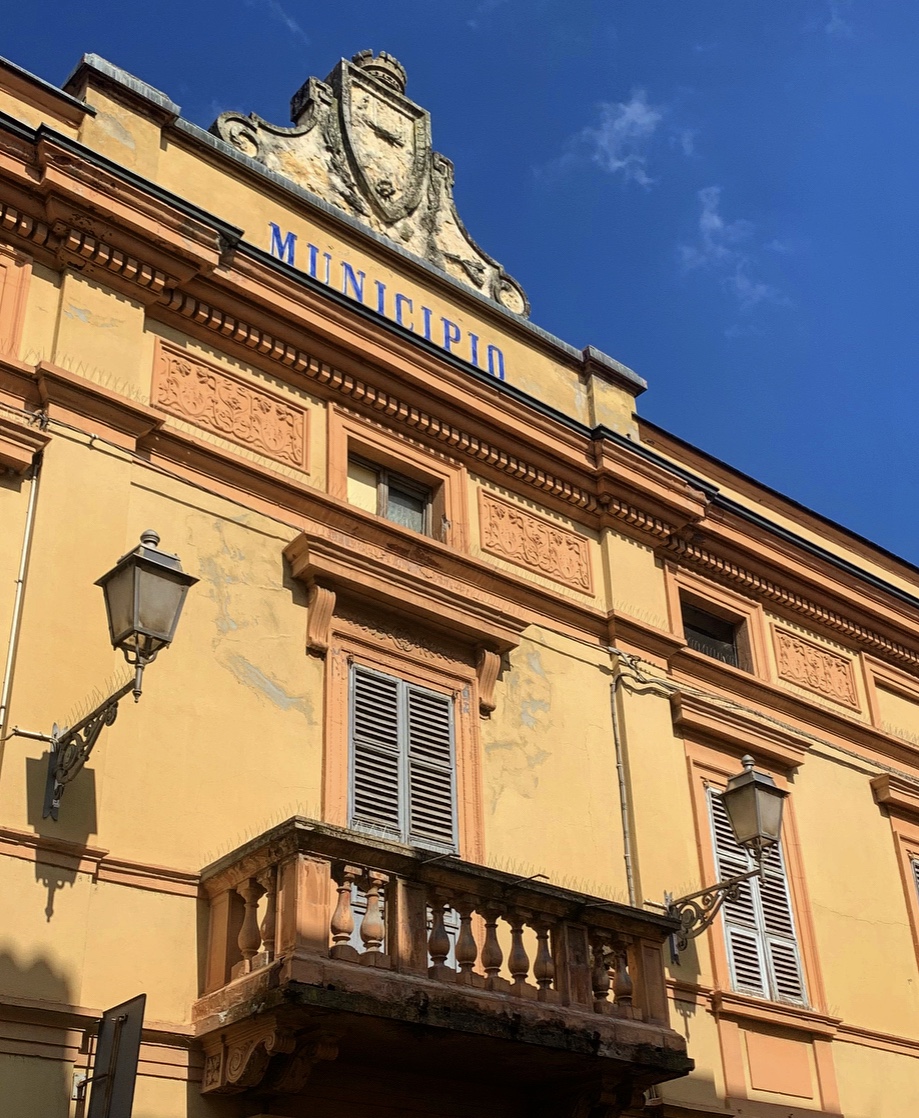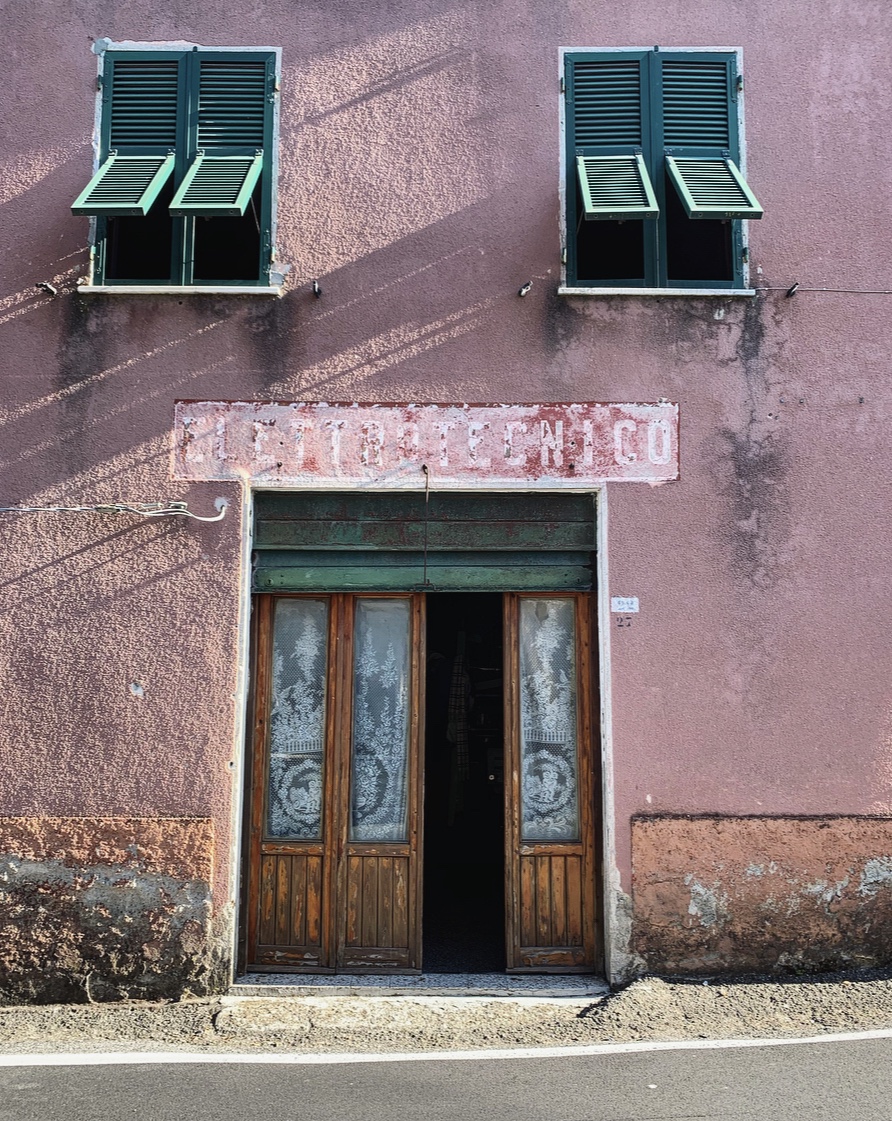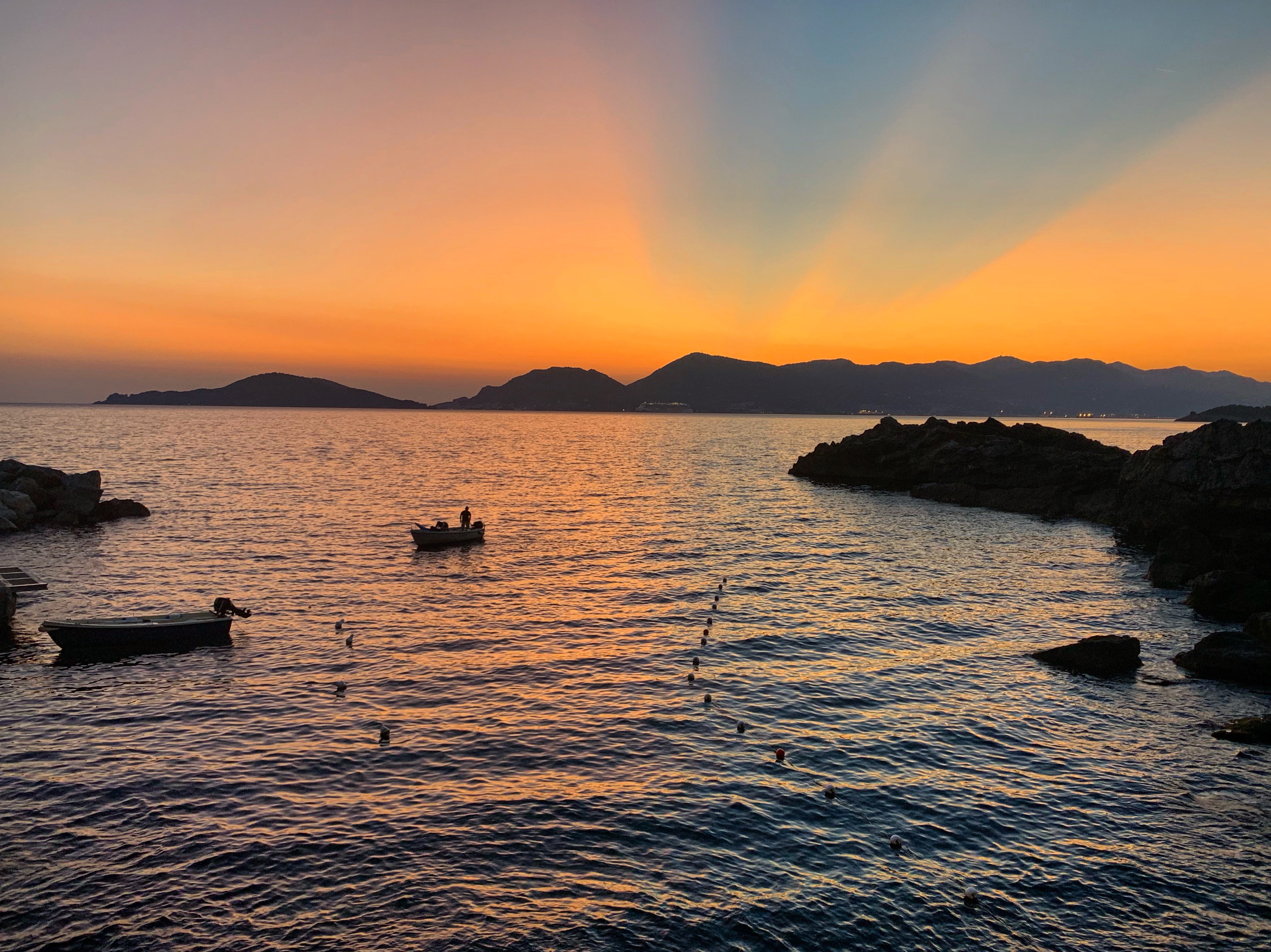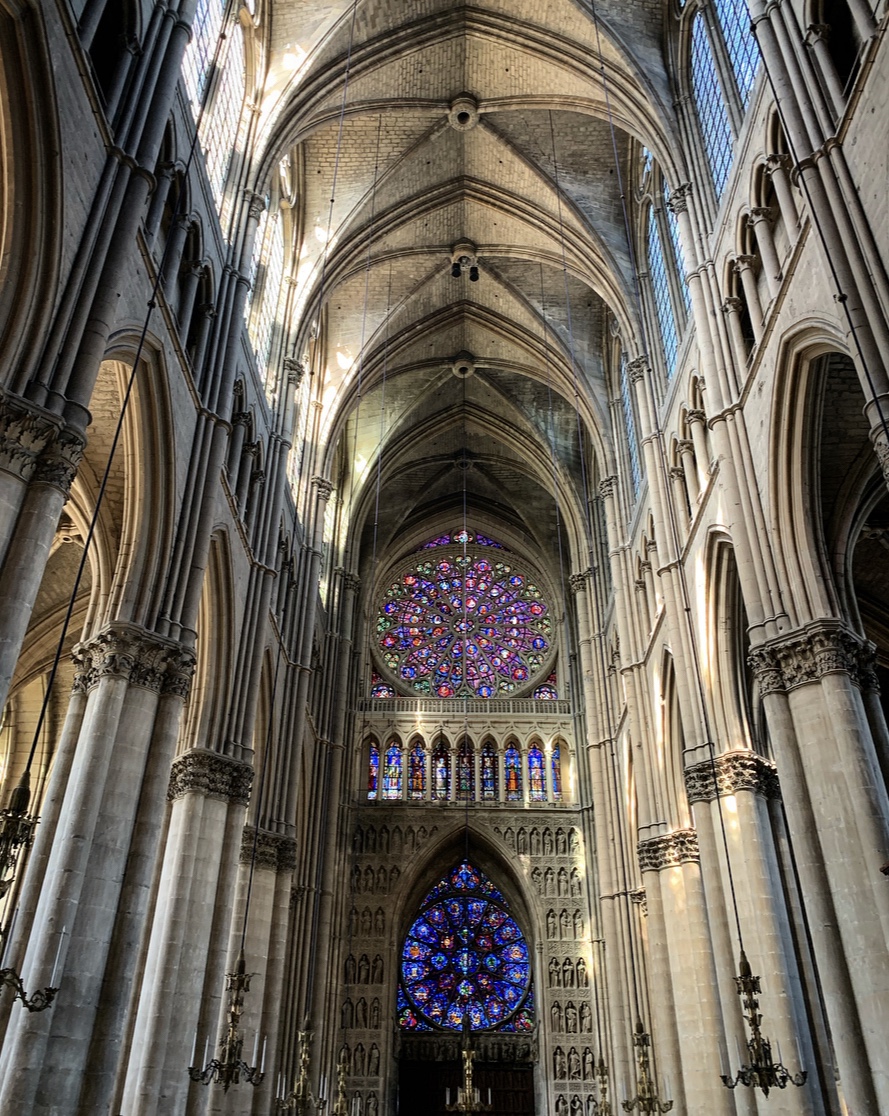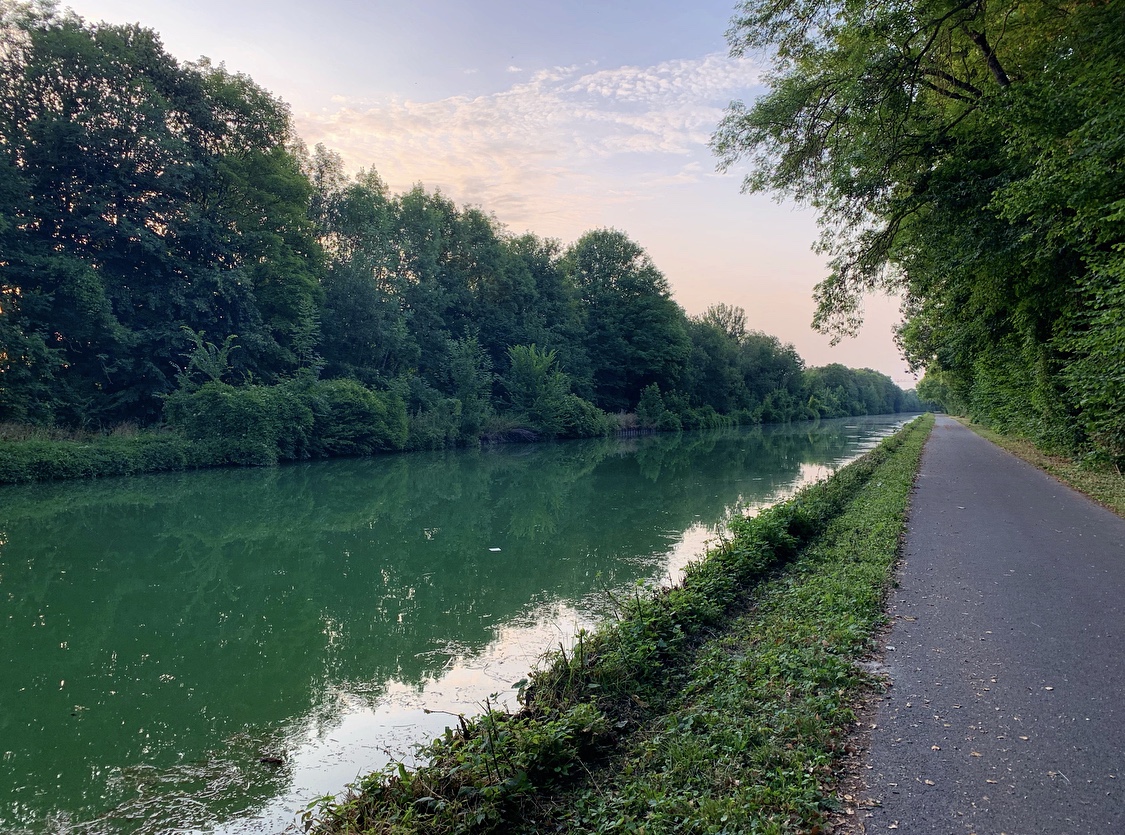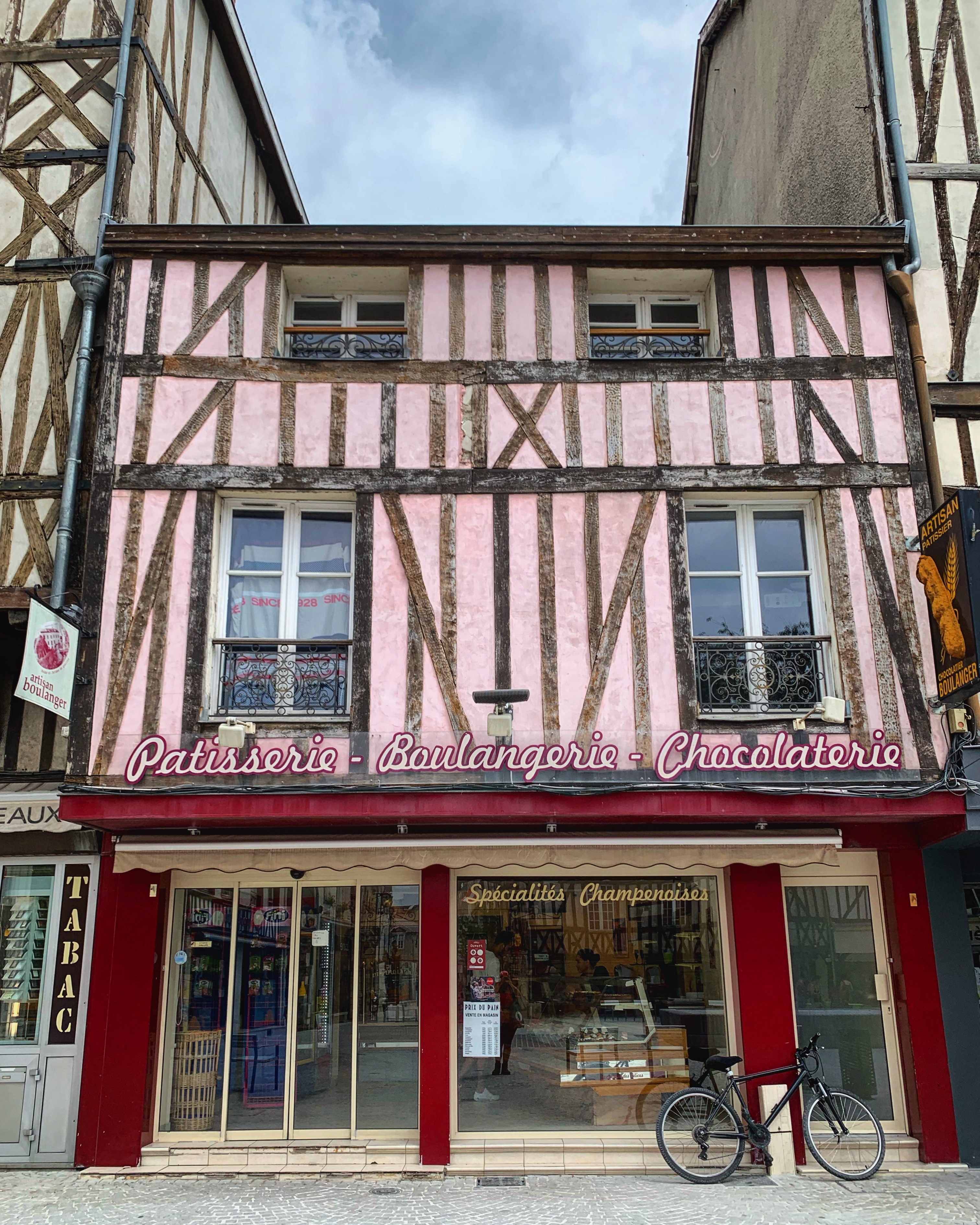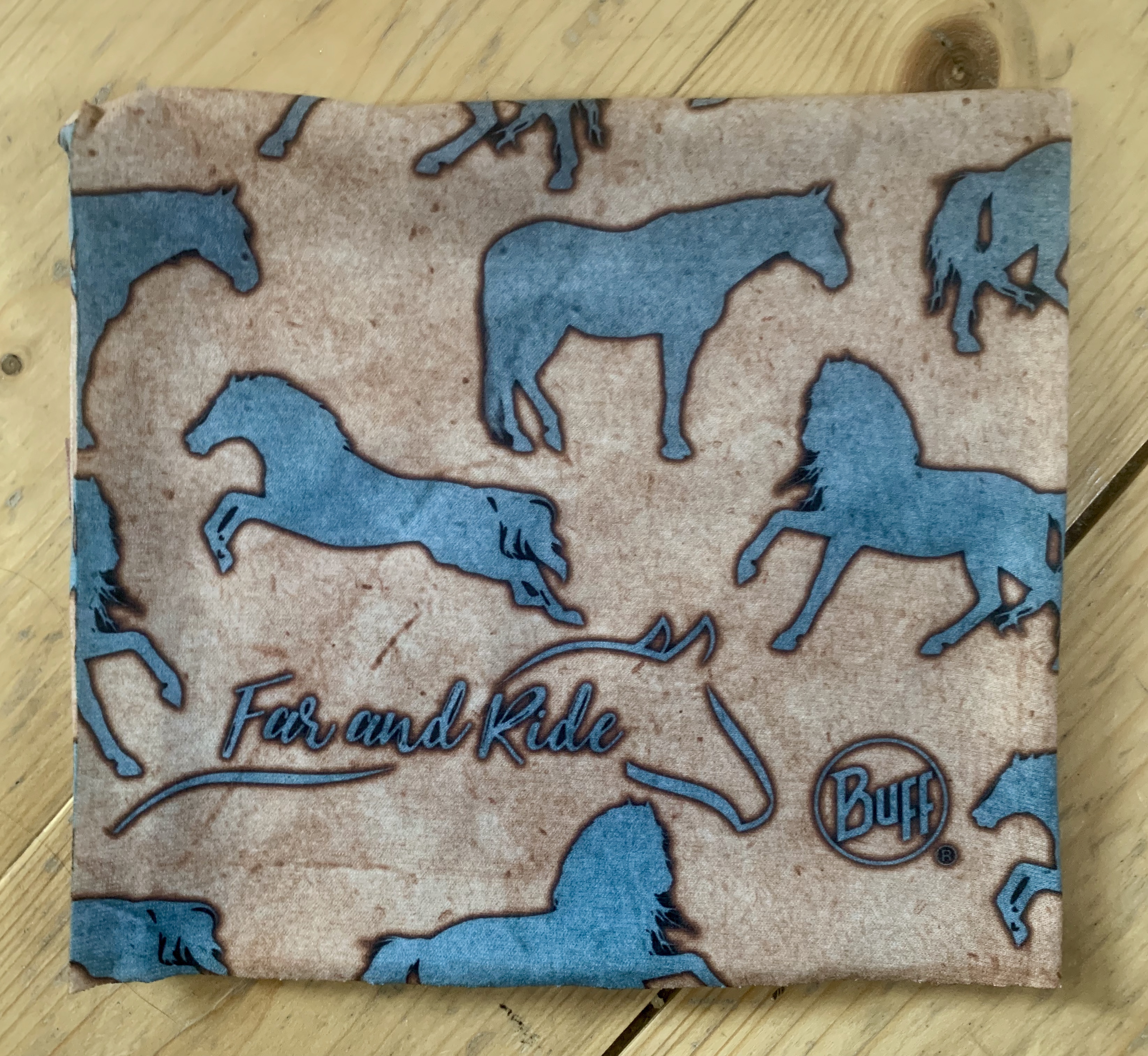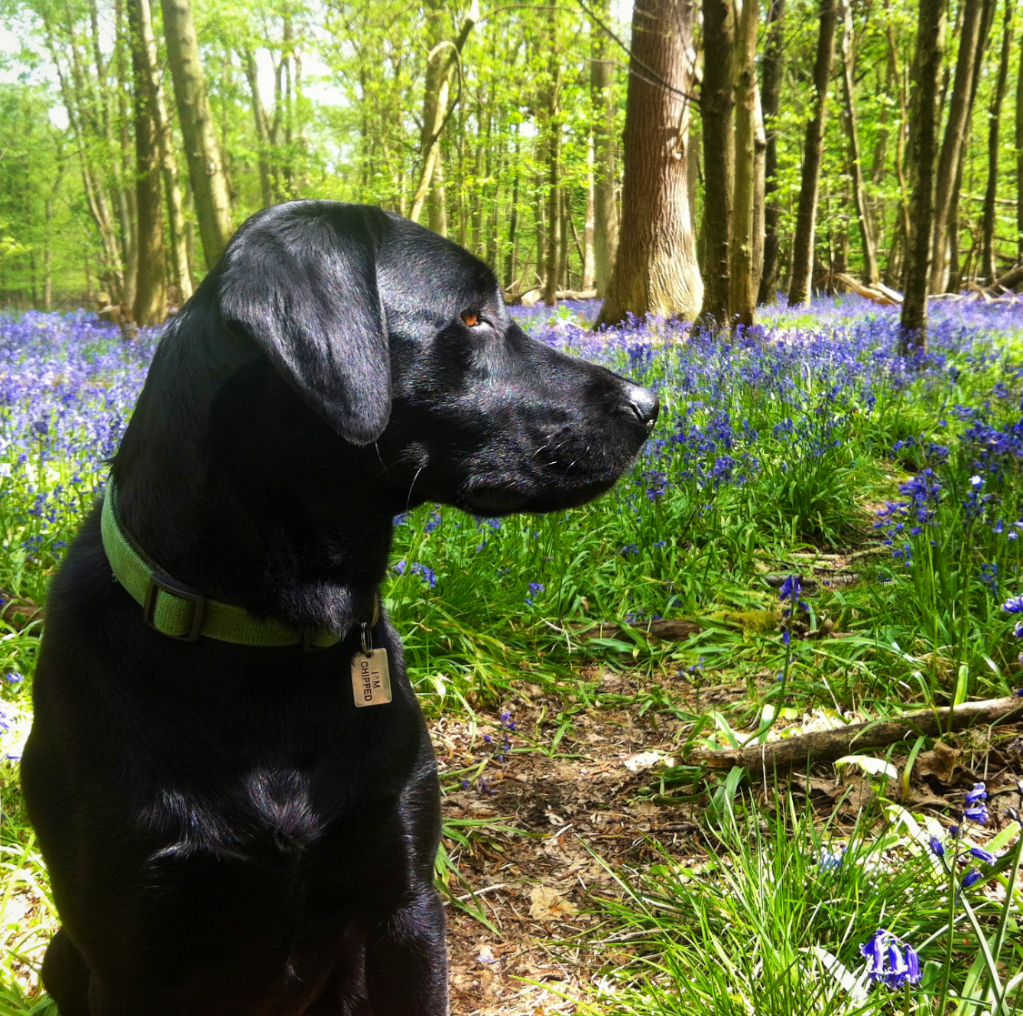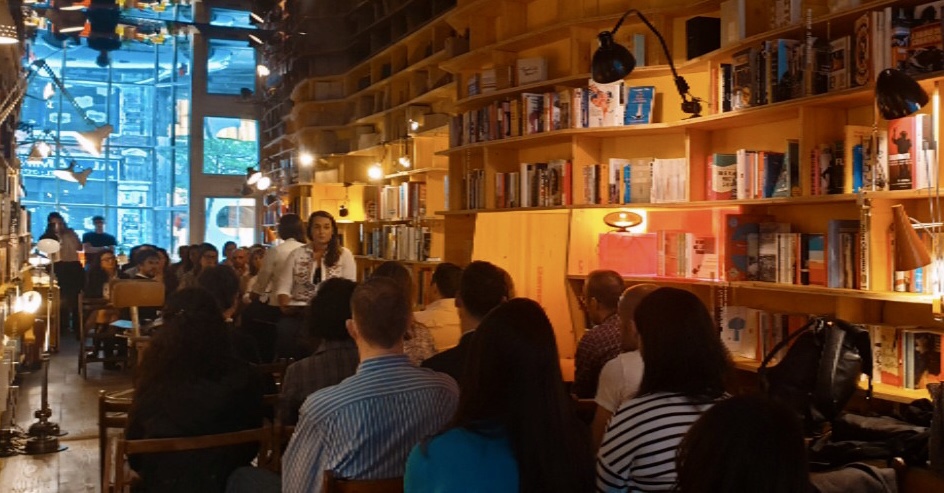Setting foot in the Eternal City
12 kms – 1 day
Not everything in life goes to plan. As I made my way towards La Storta, my final stopping place before Rome, I had visions of a peaceful night in one of the town’s monasteries, reflecting on the 2,172 kilometres and 102 days that were behind me, and preparing myself for the 18 kilometres that lay ahead the following day. But when I knocked on the monastery door I was turned away. There was no room at the inn.
This wasn’t supposed to happen, I was meant to stay in a monastery in La Storta. With no other pilgrim accommodation between where I stood and downtown Rome, and only overpriced hotels with vacancies, I was lost as to what to do. Walk the extra kilometres, having already walked a full day, and arrive in Rome as day turned to night? It was a beautiful evening, and I was tempted. I sat on the steps outside the monastery door, trying to slow down my thoughts. This wasn’t how I imagined my arrival in Rome, something that I’d pictured in my head day in and day out for the last few months, and daydreamed about for the last three years.

I looked at my route for the next day, and searched for anywhere along it that would provide a bed without breaking my bank balance. Five kilometres down the road there was a B&B which was happy to take me in, until I arrived (having pre-paid) and they also turned me away. I started to feel like I was being tested, that someone somewhere was pushing me at a moment when I was broken and exhausted to see if I would crack. But my walk had taught me many things, one of which was that I wasn’t going to be beaten. I walked a couple of kilometres closer to the heart of the city, and third time lucky I found a bed for the night.
I had a terrible sleep. My head was all over the place, my emotions keeping any kind of rest at bay. It was one of those nights when you see the morning light creep through the curtains and you know you’ve only had an hour or so of sleep. Exhausted but excited I put on my walking boots and packed up my backpack for the last time. I tried to move slowly, telling myself that there was no rush. I had all day to reach Rome. And this day would only come once in a lifetime.
I walked along one of the main arteries leading into the city, joining the cars and Vespas, the commuters and school children. Everyone around me was going about their everyday life, and it was a strange feeling to join them but know that, for me, the day was far from ordinary. The Via Francigena led me away from the traffic and into dense parkland atop Rome’s highest hill. I climbed my way through what felt like the Hampstead Heath of Rome, a wilderness of Stone Pines, knowing that at any moment I would turn a corner and get my first view of the Eternal City’s rooftops.

And then the moment came. Between the trees I glimpsed the hazy morning light falling dream like on the dome of St. Peter’s Basilica, the Vittorio Emanuele II Monument, and the Colosseum. Tears filled my eyes as I stood and drunk in the view.
Rome. So much history. So much beauty. So many steps to get there. So many days that had passed since closing my front door in London. So much time, time to question and time to dream, time to grieve and time to heal. So many mornings when I just wanted an extra hour in bed. So much laughter. So many tears. So many warm welcomes. So much joy. So much heartache. I sat on a bench and tried to process it all, what lay in front of me and the innumerable emotions in my head. I stayed there for the best part of an hour, and when I finally stood up to leave and make my way into the heart of the city I still couldn’t quite believe my tear filled eyes.

I was soon sweeping along with city’s streets with the tide of tourists making their way towards the Vatican. With my hiking boots and backpack I stuck out from the crowd, and I felt different too. For much of my walk to Rome I’ve been loathe to call myself a pilgrim, unsure of whether it’s religion and faith that make you a pilgrim as opposed to a walker, a wayfarer. But this journey to Rome has been about more than walking. It’s been a journey of reflection and introspection, a journey that has helped me to figure out my place in the world, and that has asked as many questions as it has answered. So as I made my way through the stunning colonnade that wraps its arms around St. Peter’s Square, and set eyes on the magnificence that is St. Peter’s Basillica, I did so as a pilgrim.


People from all over the world crowded the square and queued for hours to set foot inside the basilica. Many of them were pilgrims who had arrived by plane and train, on their own special journey. Some had come to witness the canonisation of five new saints at a ceremony that would take place in a few days’ time. Others had come to visit the tomb of St. Peter. Whatever their purpose, I was humbled by their presence. I watched with respect and admiration as they queued to pass the statue of St. Peter Enthroned and touch his feet in a demonstration of faith and devotion, a tradition that pilgrims have carried out for centuries. As I looked around me it started to sink in that where I was, where I had walked to, was of such great importance to vast numbers of people around the globe. It felt like a privilege to have walked there, to have done what so many people can only dream of doing.


With a flash of my pilgrim’s passport I was saluted by the Swiss Guards and permitted behind the scenes into the labyrinthine world of the Vatican. After security checks and surrendering my passport I was taken to an imposing building where I got my pilgrim’s passport stamped, and was issued with a testimonium, a certificate evidencing my pilgrimage from London to Rome.

I loitered in St. Peter’s Square for what felt like hours. I wanted to ask someone to take a photo of me, but with every person that walked past I told myself, “I’ll ask the next one.” I couldn’t get the words out of my mouth, couldn’t make a move towards someone and gesture with my camera. Not because I was shy or afraid to ask. But because once the photo was taken I knew that I would feel the need to get moving, For the last few months my body, and my mind, had grown accustomed to moving. It’s what they knew and what I’d conditioned them to do. And I wasn’t ready to move on just yet.
When I first decided to undertake a pilgrimage to Rome I decided, however, that it wouldn’t end at the Vatican. As a historian, Ancient Rome has long been a place of fascination that fires my imagination. So my pilgrimage was to end at the Colosseum, and I made my way across the city towards it. Familiar with the area from past visits, I knew when it was getting near. And tears once again filled my eyes as the Colosseum came in to view. They were tears of joy that I was seeing this incredible monument having walked every step of the way from my home in London, and tears of sadness that my journey was over. What I had set out to do, I had now done.

I made my way to a pilgrim hostel housed in a monastery in a quiet corner of Rome’s hip and trendy Trastevere neighbourhood. I spent a final evening with fellow pilgrims and we shared stories about our journeys with the hostel volunteers. And I has greatly humbled when the volunteers washed my feet, a ritual they carry out every night as an act of humility and service for pilgrims arriving in Rome.
Leaving the hostel the next morning, closing the heavy monastery door behind me, I felt like I was leaving the pilgrim world. With my journey now over and no destination to walk towards, it felt as though it was a world I no longer had a right to access. I stood on the street outside the monastery as an ordinary person, a tourist. An identity that felt strangely unfamiliar.

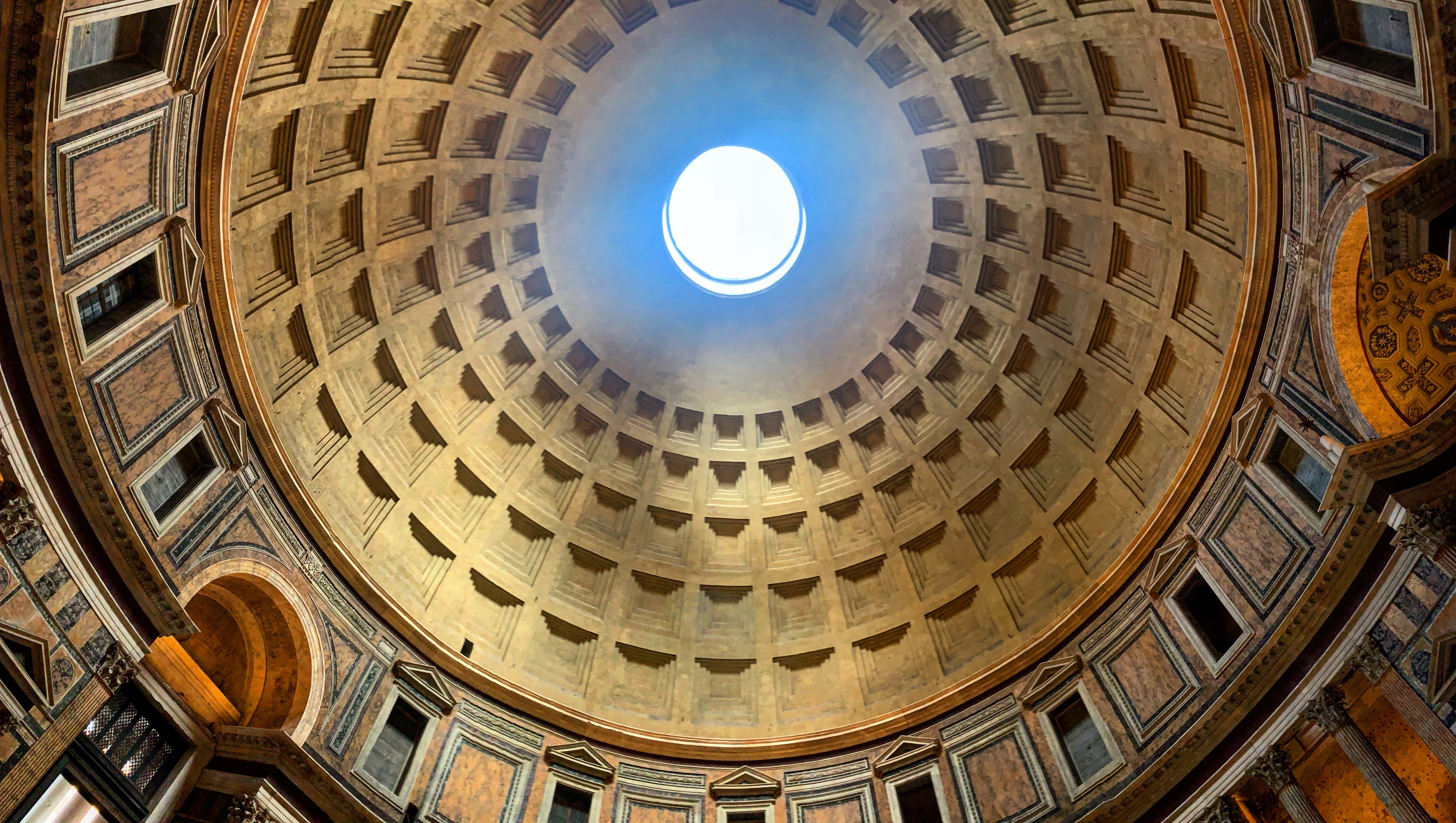
I spent the next few days soaking up the sights of Rome, a city that never ceases to amaze me with its history, it’s art and architecture, and it’s lively neighbourhoods. I visited places that I’ve been to many times before but saw them with new eyes, and explored places that were unfamiliar and marvelled at the endless treasures the city holds. I walked everywhere, reluctant to take transport as I didn’t want the world to speed up to a pace that now seemed alien. Because I knew that once the world sped up, it wouldn’t slow back down.
My parents joined me and we celebrated with Prosecco and Aperol Spritz, with delicious pasta and as much gelato as I could stomach before it was time to return to the UK. I caught up on stories from home and shared memories from my days on the road.



I also took some time to myself to revisit the Vatican and the Colosseum, to reflect on the thoughts and emotions that overwhelmed me when I set eyes on them a few days earlier. It already felt like a lifetime ago, like a dream that I wasn’t entirely sure had played out into reality. I watched as people from all over the world marvelled at their size, their history, their beauty. And realised that from now on I would marvel at them for another reason. I would look at them and marvel that, once upon a time, I walked to them from my home in London.



It’s now been three weeks since I walked to Rome. And it’s something I’m still trying to get my head around. For months, years even, I lived with a real, tangible, destination, moving myself towards it every day with first of all my dreams and preparations, and then with every step I took. Then one day I woke up and I was there. I didn’t have a destination any more because I’d arrived. I didn’t need to wake up and put one foot in front of the other, because there was nowhere that I needed to walk towards. A sense of accomplishment and a sudden lack of purpose collided in a melting pot of emotions that continues to bubble away. I may have arrived at my destination, but is my journey over?
Our journeys are never truly over. The destinations we work towards are but way markers, stopping points. They don’t provide us with the unforgettable hospitality, the kindness of strangers, the stories told by the people we meet, the lessons we learn, and the questions we ask ourselves. I no longer have a destination, and I walk without my backpack and with my array of walker’s tan lines covered up by jeans and jumpers. But I am still a pilgrim, and I am still on a journey. Where I will go next, I don’t yet know. But I know that the journey of life will take me somewhere.
I walked (I can say that now!) from London to Rome to raise awareness about mental health and money for the mental health charity, Mind. You can read more here. A huge thank you to everyone who has donated and helped me to raise over £15,000, a truly staggering amount. If you would like to make a donation please visit my fundraising site. Thank you.

If you would like to hear about my future adventures, on foot and otherwise, sign up for email updates below.





